Key Takeaways
Alfie’s “TYCH” half-frame camera is a compact and vintage-inspired camera, made in the UK, priced at £299 for the standard model.
It has three fixed lenses, with focal lengths and apertures designed to create a distinct, vintage aesthetic in photos.
The half-frame format of Alfie allows photographers to get double the number of photos per roll of film, offering a unique creative approach.
While the camera’s design and functionality encourage creativity, its limitations in lens variety and aperture size may make shooting in low light without additional equipment challenging.
Given the price, the Alfie camera may be better suited for experienced photographers looking to expand their creative toolkit than for beginners.
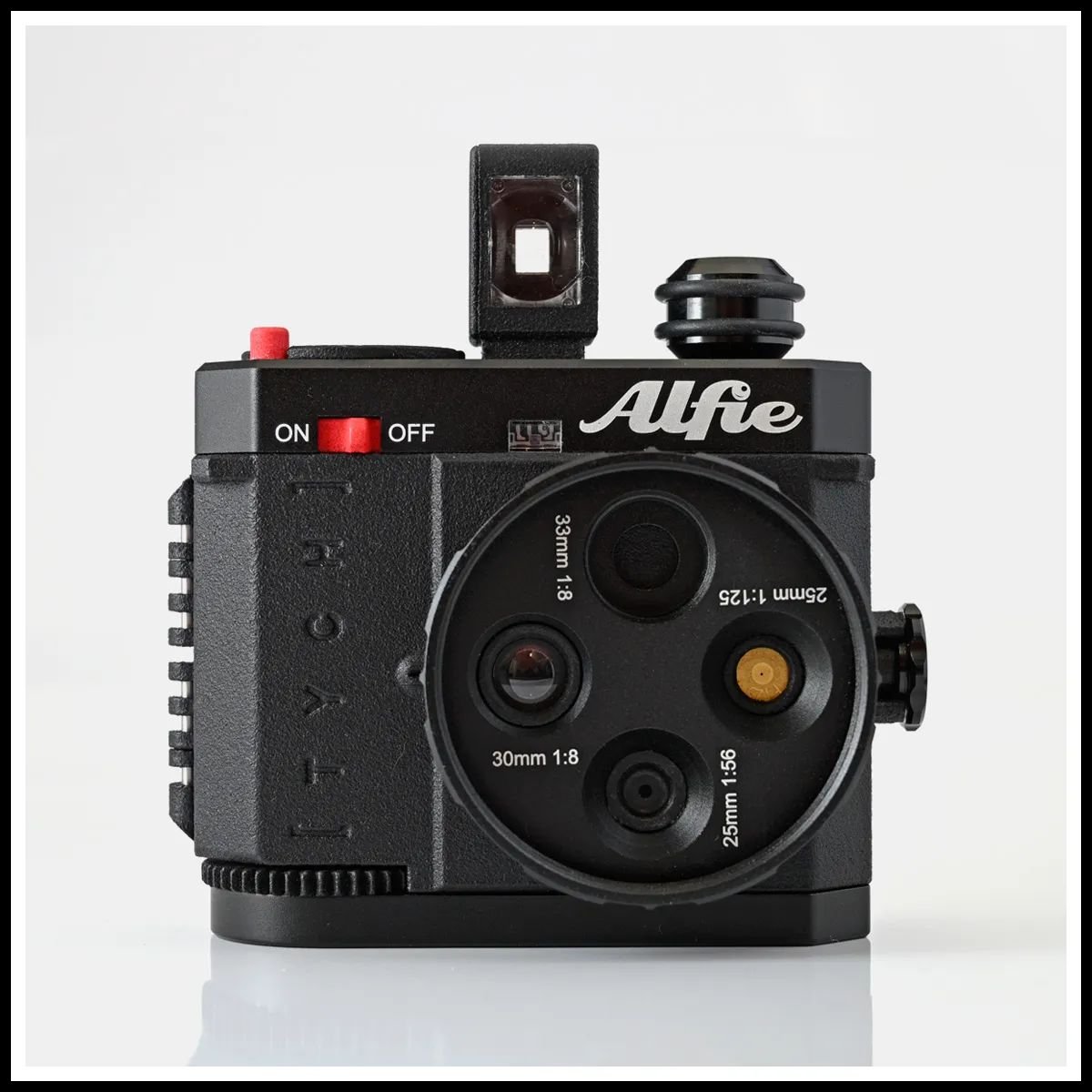
This article is inspired by @ArmandoStreets
Go ahead and watch his newest Alfie unboxing video here
Unboxing the Alfie Half-Frame Film Camera
First Impressions: Packaging and Presentation
As soon as you open the box of the Alfie, you can tell that a lot of thought went into the packaging. The camera and its accessories are nestled in the box.
Unveiling the Contents of the Box
The box contains:
A user-friendly guidebook.
A USB-C cord for powering up the camera’s battery.
The main attraction: The Alfie “TYCH” camera, along with a wrist strap that can be fastened on either side for ease of use.
A cover for the lens to safeguard your camera’s lenses when they’re not being used.

Camera Appearance and Durability
When you pick up the Alfie camera for the first time, you’ll notice how compact it is—it’s small enough to fit in the palm of your hand. The camera, which is primarily made of plastic, feels robust and well-made. The material choice keeps it light and easy to carry, a major plus for photographers on the go.
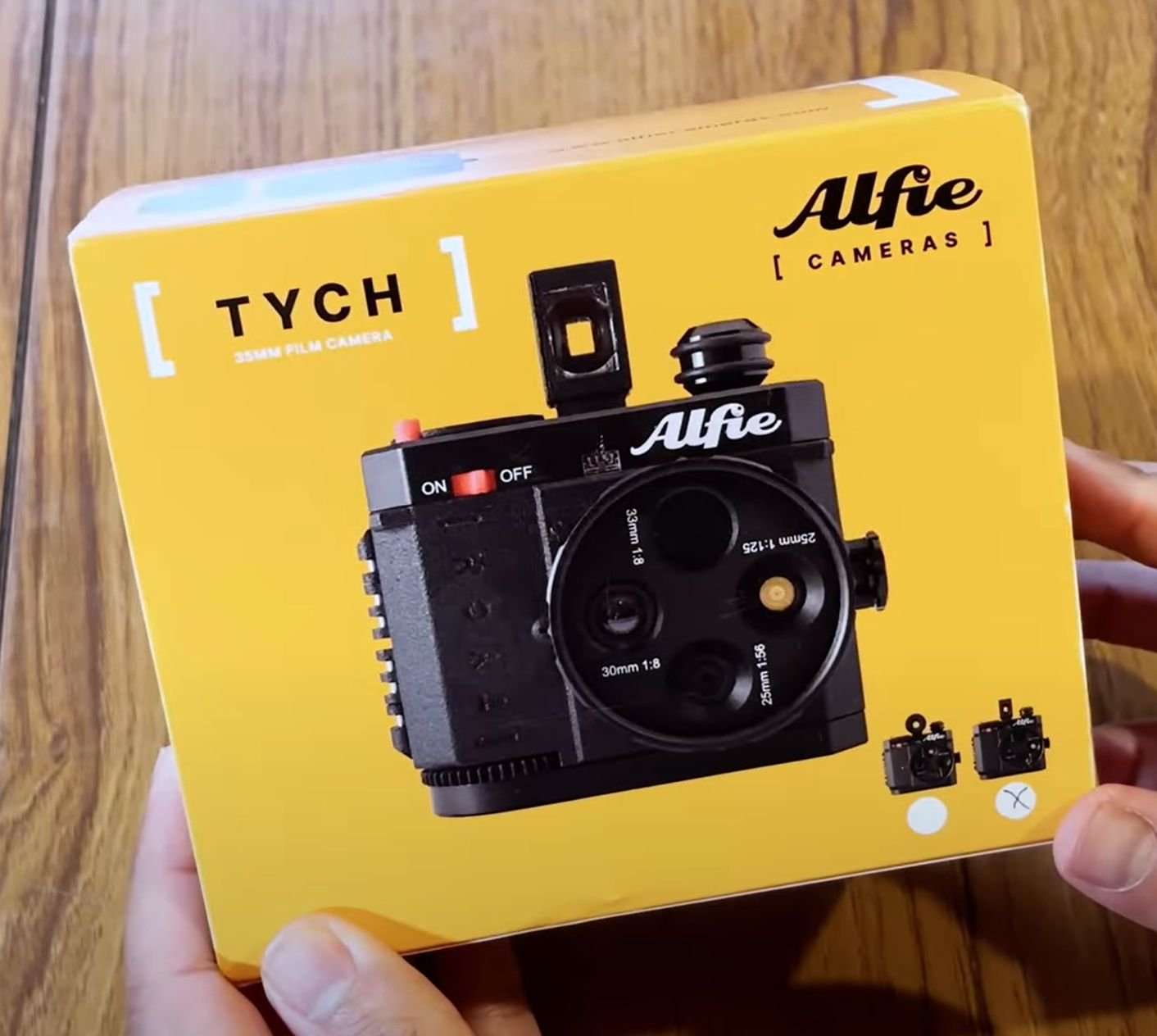
Alfie Camera Features
Three’s Company: A Look at the Fixed Lenses
The Alfie “TYCH” is outfitted with three lenses:
A 35 mm f/8 lens, which gives a 45 mm equivalent in half-frame format and is known for creating a vintage look.
A 25 mm f/5.6 lens, which is roughly a 38 mm equivalent and offers a slightly wider perspective.
A pinhole lens with a 25 mm equivalent and an aperture of f/125, for those who want to experiment with this age-old technique.
These fixed lenses are key to the Alfie’s design philosophy, which emphasizes creativity and a less technical approach to taking photos.
Getting Hands-On: Mastering the Manual Controls
Alfie’s appeal isn’t limited to its aesthetic. It also brings back the hands-on feel of traditional photography. Every choice, from setting the focus to advancing the film, must be made consciously. This hands-on experience is not only satisfying, but it also teaches you the basics of photography.
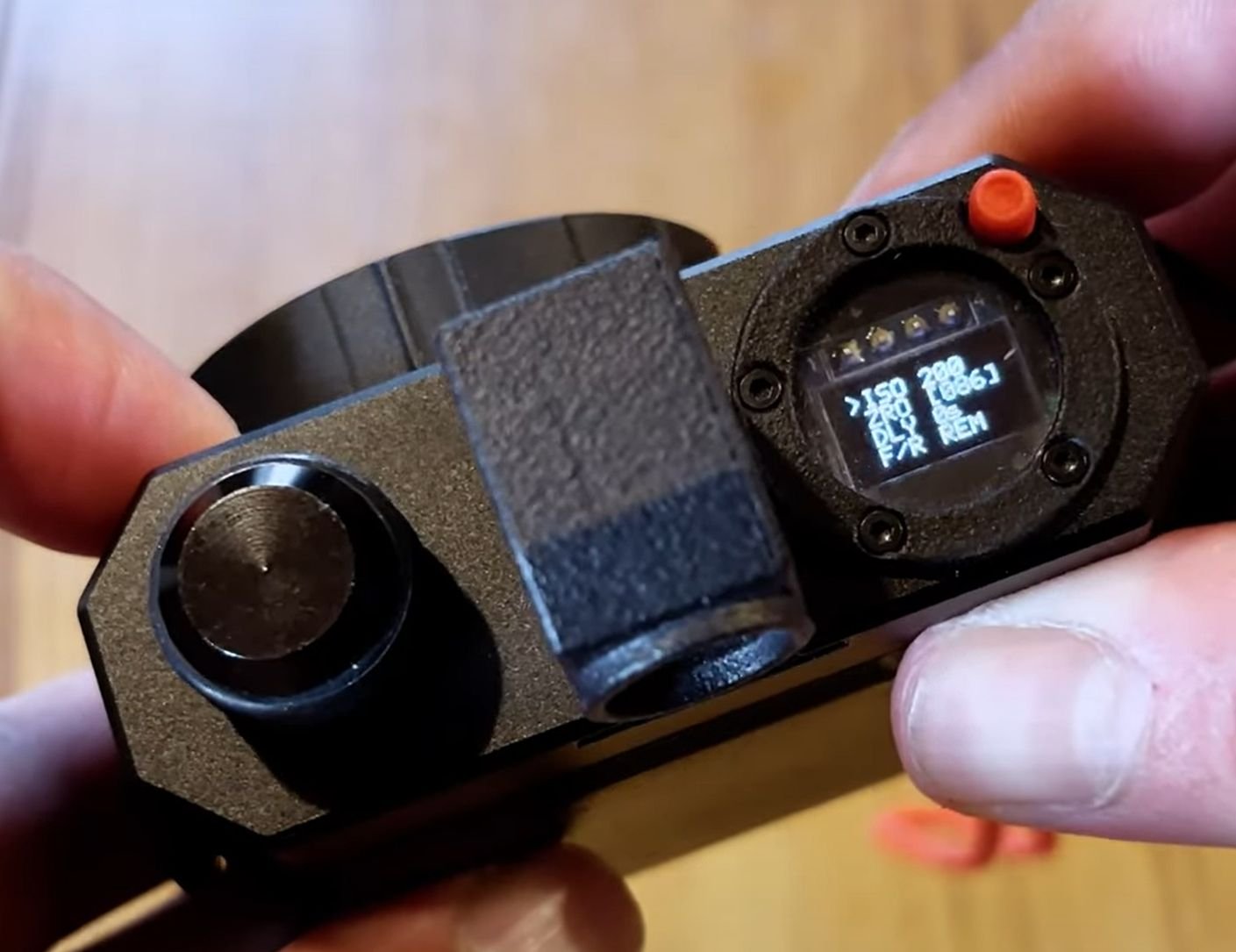
On the back, you’ll see a basic but functional design:
A latch for opening the camera to load and unload film.
A dial for advancing the film after each photo.
A selector for scrolling through the camera’s simple menu.
An LCD screen that shows settings, the number of shots left on the film, and battery power.
The red button for taking pictures stands out and is a joy to press, adding to the camera’s retro charm.
Half-Frame Format: Double the Fun
The Alfie camera’s half-frame format is one of its most appealing features. Unlike traditional 35mm cameras, the Alfie lets you squeeze double the amount of photos from a single film roll. This is not just a money-saving feature; it’s an invitation to be creative. You’re encouraged to take more chances and play around with your shots, safe in the knowledge that you have plenty of frames to spare. For those new to film photography, understanding the benefits and advantages of film over digital can enhance your appreciation of the half-frame format.
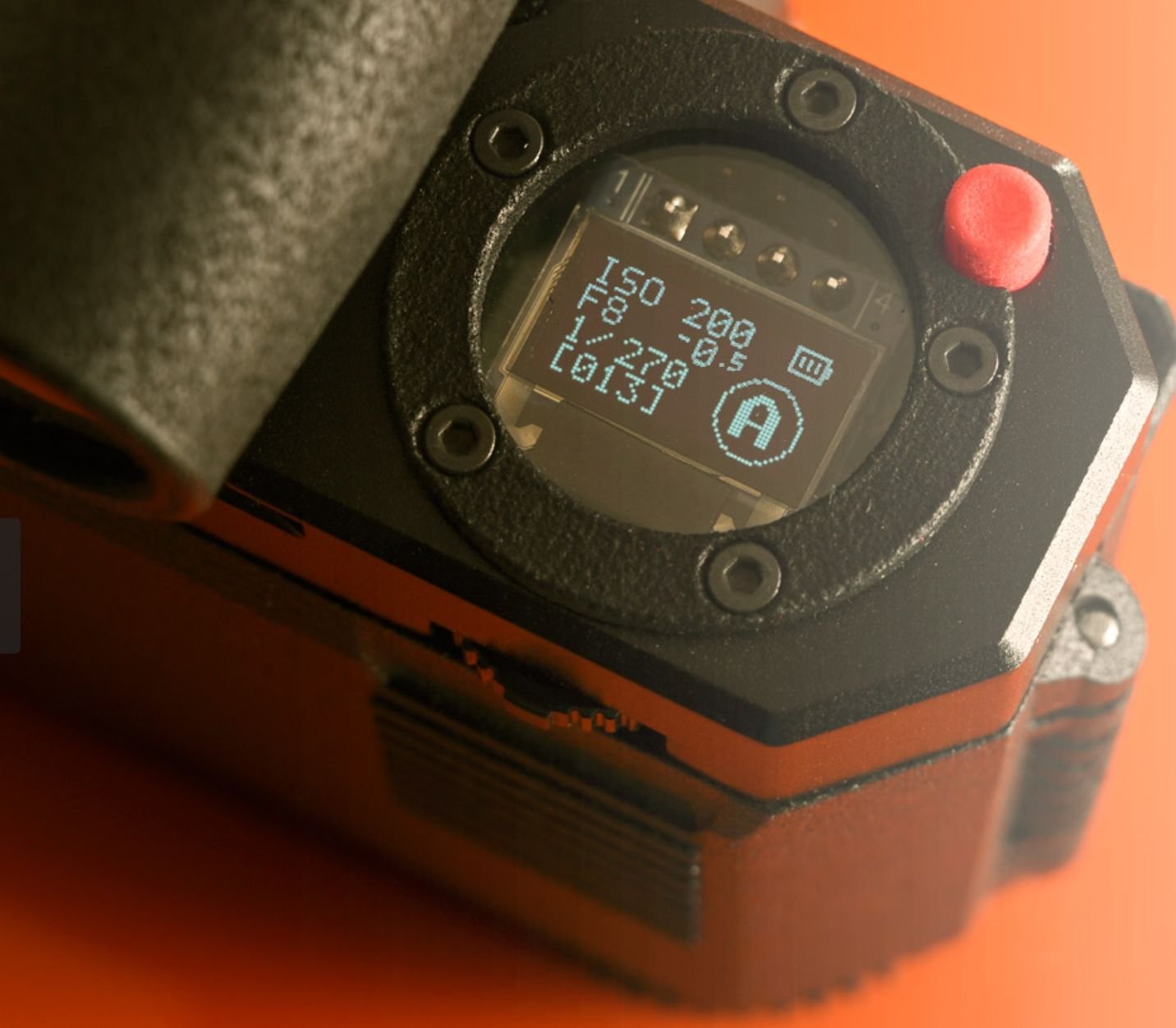
Battery Life and Charging: A Look at Longevity
The Alfie camera comes with a rechargeable battery, a modern feature not often found in the film photography realm.
Charging happens through the included USB-C cable, allowing you to easily juice up your camera with the same charger used for many smartphones and laptops.
The battery life is sturdy, ensuring that you can go a full day of shooting without worrying about losing power.
Battery longevity is key for any photographer. There’s nothing worse than a camera dying mid-shoot. Luckily, the Alfie camera holds its own, even during longer photography sessions. This dependability means you can focus on getting those perfect shots instead of worrying about battery life.
Just a friendly reminder to always charge your camera the night before a shoot. It’s a simple practice, but it ensures that your camera will be as prepared as you are when creativity hits.
Performance Review: Does the Camera Deliver?
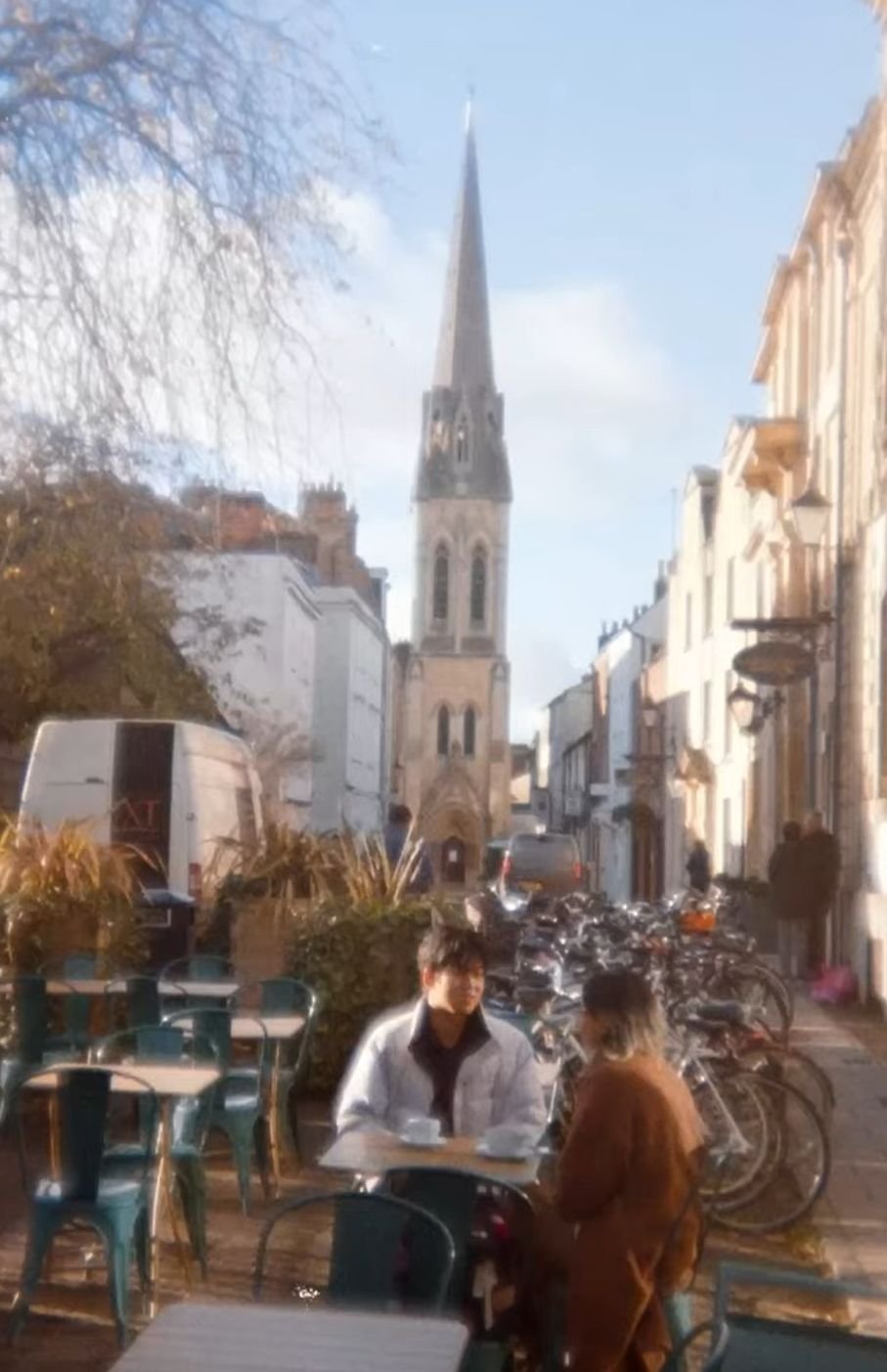
Now that we’ve taken a look at the Alfie camera’s features and build, it’s time to see how it performs. I took the Alfie out for a test drive to see how it performs in real-world use, and here’s what I discovered.
First off, let’s discuss the overall experience. Using the Alfie camera is nothing short of delightful. Its manual controls make you appreciate the art of photography. Each shot seems like a well-thought-out decision, a purposeful act of creation. But setting aside the tangible joy, how does the output compare?
Picture Quality: Retro Charm or Contemporary Clarity?
The Alfie camera’s picture quality can be summed up in a single term: personality. The lenses, particularly the 35 mm f/8, yield pictures with a retro allure that digital cameras frequently fail to reproduce. The pictures have a softness and a warmth that recall the days of film.
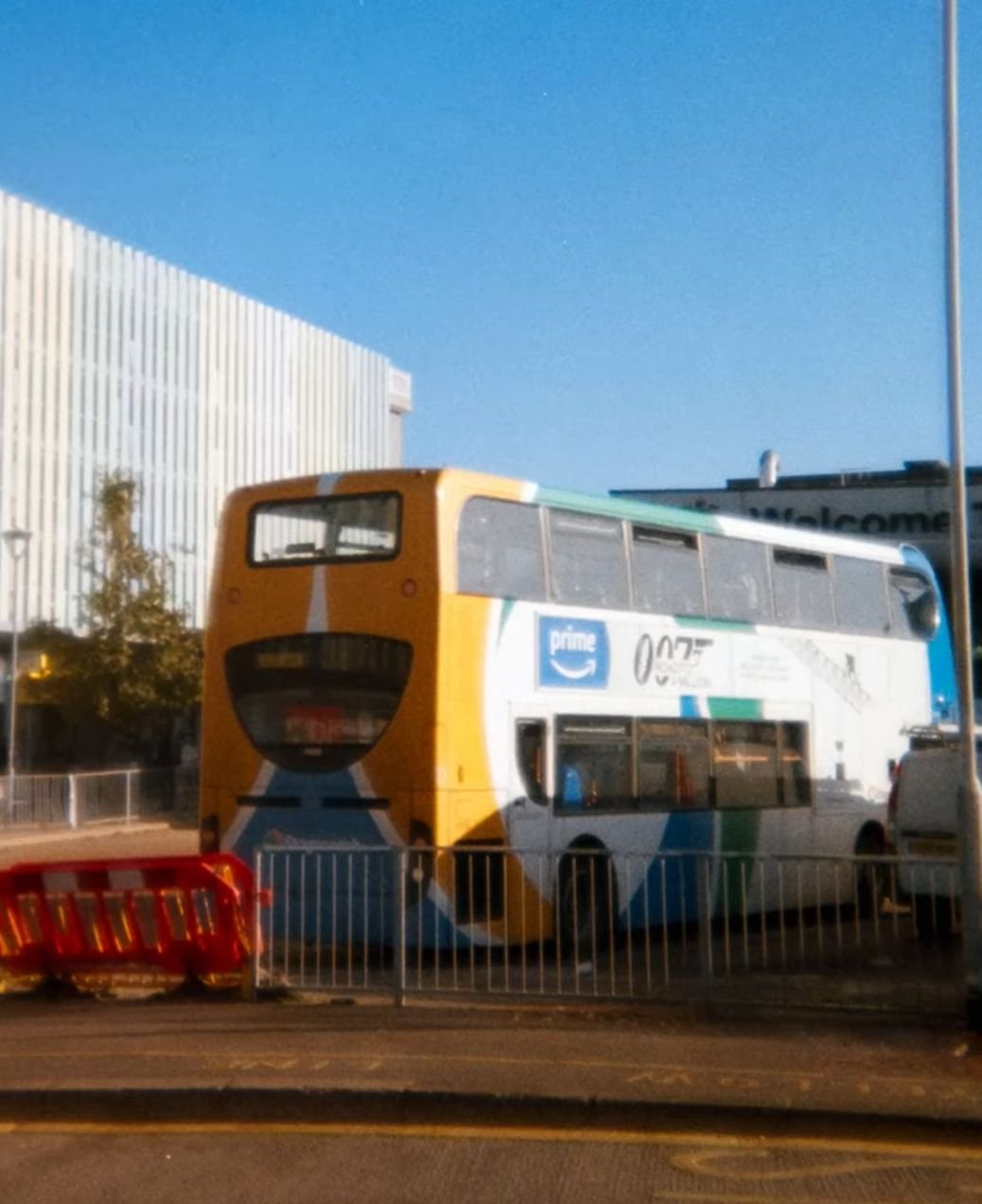
The Alfie Half-Frame Film Camera doesn’t shine when it comes to sharpness. If you’re looking for crystal clear images, you might want to consider other options. But if you’re a fan of the unique and imperfect nature of film photography, the Alfie won’t disappoint.
35 mm f/8 lens: Ideal for portraits and street photography, this lens provides a nostalgic, soft focus.
25 mm f/5.6 lens: This lens offers a wider angle for landscapes and cityscapes, with a slightly sharper image quality.
Pinhole lens: This lens produces dreamy, ethereal images that are as much about the experience as they are about the final photo.
Field Usability: Control and Comfort
When you’re out and about, the Alfie camera is a breeze to use. It’s so light that you can carry it around all day without getting tired, and the controls are so straightforward that you can concentrate on framing your shots instead of fiddling with settings. The wrist strap is also a nice touch, providing a bit of extra security when you’re moving through a crowd or navigating rough ground.

Adjusting to Varying Light Conditions
Considering the fixed apertures on the Alfie camera, it’s essential to be aware of your lighting conditions. The camera performs exceptionally well in bright daylight, effortlessly capturing well-exposed frames. However, when the light starts to fade, you’ll need to change your strategy. The small apertures require slower shutter speeds, which could result in motion blur if you’re not cautious.
To avoid this, I suggest always keeping a roll of high ISO film handy for those cloudy days or unplanned indoor photo sessions. Otherwise, a compact tripod can be an extremely useful tool, enabling you to use the camera’s timer for steady long exposures.
Dependability of Shutter and Winding
The Alfie camera’s shutter release is quietly effective. The soft click it makes is a joy and won’t frighten your subjects. The film winding mechanism, on the other hand, requires some thought. There is no automatic frame counter, so you must manually wind the film until the next frame is in place. It’s a minor peculiarity that adds to the camera’s appeal but also requires your focus.
Keep in mind, each shot is invaluable, and double exposures, while occasionally fortuitous, can also be annoying if unintended. The trick is to establish a pattern: take a picture, wind the film, and do it again. With enough practice, it will become instinctive, and you’ll find yourself winding the film without even thinking about it.

Benefits and Drawbacks: Is Alfie Worth Your Cash?
So, let’s balance the Alfie camera’s benefits against its possible drawbacks. Is it the right investment for your photography journey? We’ll break down the benefits and drawbacks to help you make an informed decision.
The Alfie camera isn’t going to be everyone’s cup of tea. But for those who it clicks with, it could be the start of a fantastic journey into photography.
Highlighting the Positives: What Sets Alfie Apart
|
Pros |
Cons |
|---|---|
|
Small and Portable |
The camera’s fixed lenses with small apertures can limit its flexibility in low light conditions |
|
Half-frame to double number of photos |
Expensive investment |
|
Lens is not Sharp |
For the Hobbyists: Is Alfie the Camera for You?
If you’re a photography hobbyist, the Alfie camera might just be the change of pace you’ve been looking for. It’s not just another camera; it’s a way to express how you view and document the world. If your photography is about discovery, trial and error, and welcoming the unexpected, the Alfie could be the perfect fit. It’s for those who take pleasure in the peculiarities of film, the excitement of developing, and the allure of retro aesthetics.
Cost and Value: Finding the Right Mix
When it comes to the Alfie camera, it’s crucial to balance its unique attributes with the price tag. Sure, £299 isn’t small change. So, if you’re interested in broadening your creative horizons and the camera’s features speak to you, the cost might be worth it. You can get this camera here.
All photos were taken by @ArmandoStreets
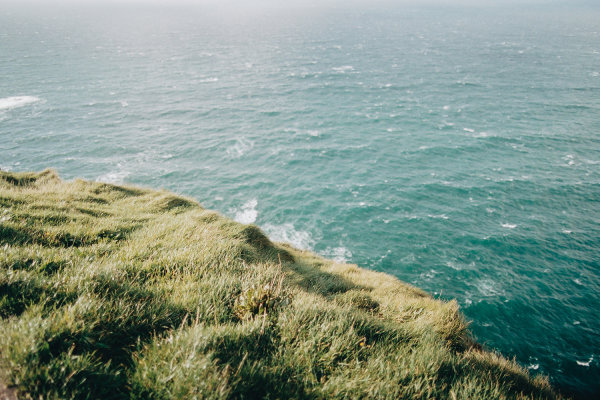

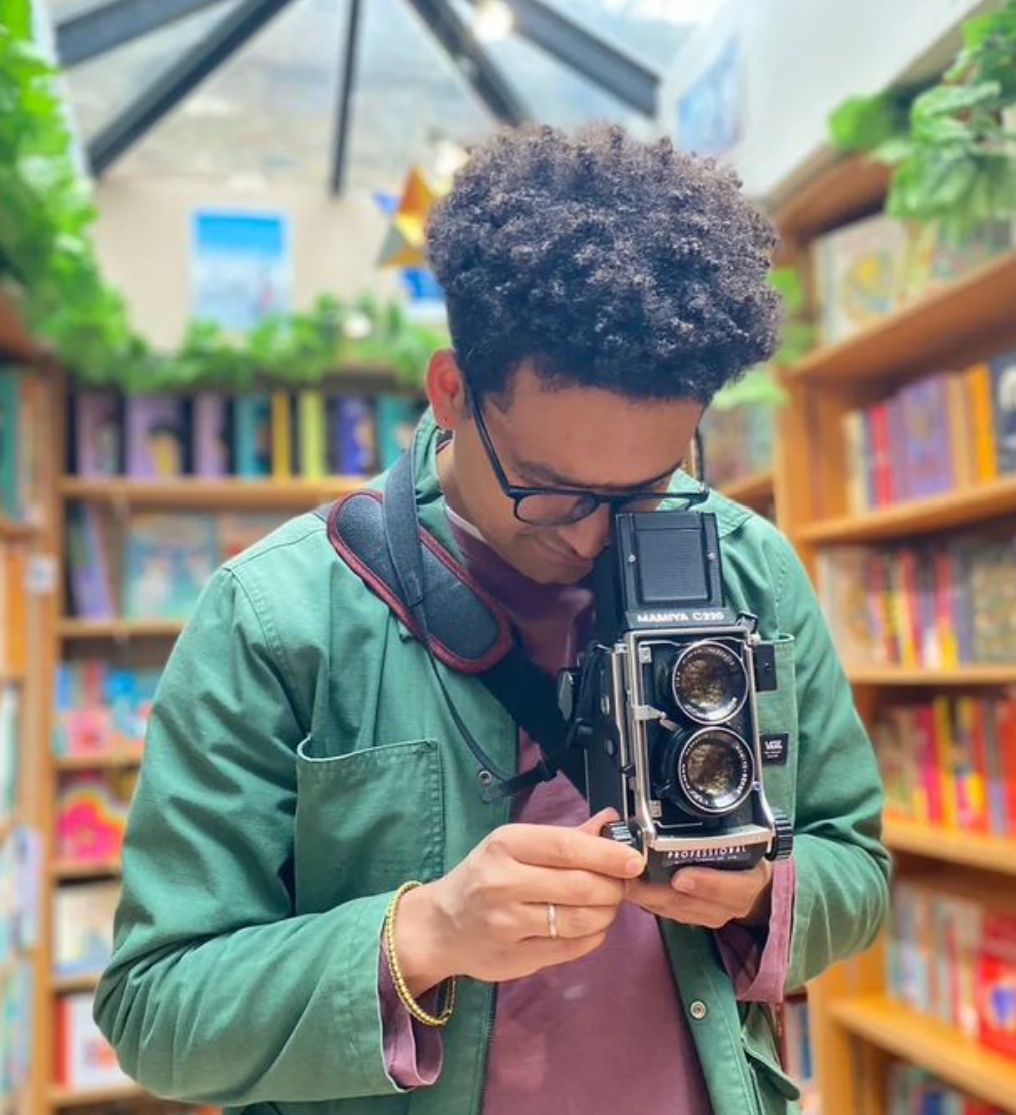

Leave a Reply